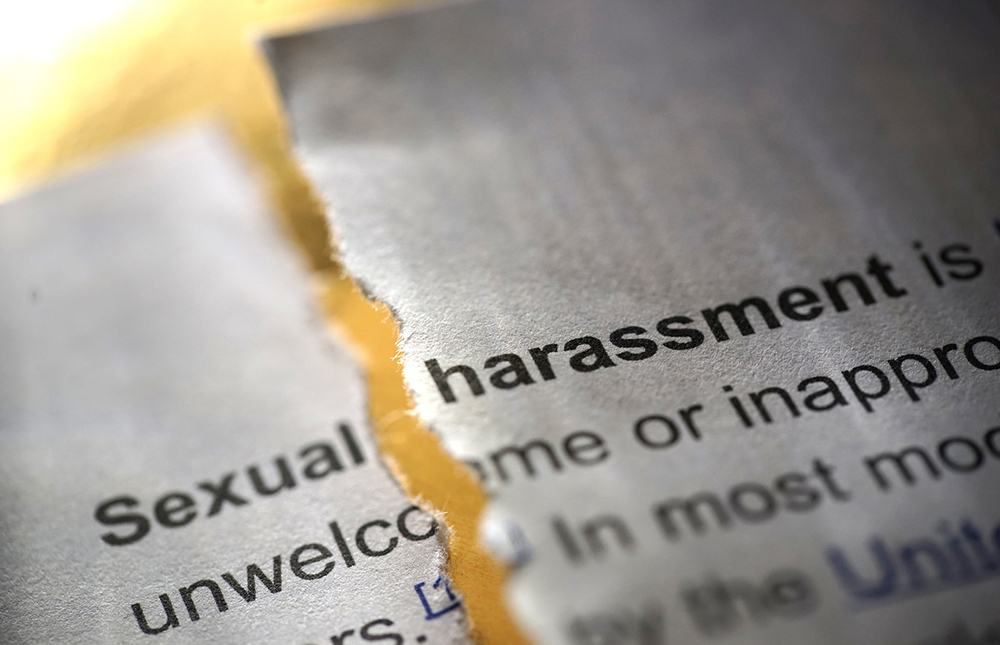In 2017, America and the world saw the emergence of the #MeToo movement. In the wake of the headline-grabbing accusations against high-power movie executive Harvey Weinstein, the #MeToo movement led to hundreds of accusations of sexual misconduct, harassment, and assault against high-profile men across a number of industries.
Women have faced accusations, as well—Katy Perry is a recent high-profile example. However, the vast majority have been leveled against men.
Anyone Can Be a Harasser
But it’s not just the high-profile and powerful who are facing sexual harassment allegations. Highly publicized stories of misconduct have contributed to men and women from all walks of life coming forward with stories of alleged misconduct.
Without disregarding the obvious physical, mental, and emotional damage such experiences can have on the victims of sexual misconduct, there are also very real potential consequences for the businesses involved, including legal, regulatory, and public relations impacts.
Understanding the damage such allegations can have, many companies have proactively revisited their sexual harassment policies and training. Indeed, several states and cities have passed laws in the aftermath of the #MeToo movement requiring sexual harassment training.
There is no one-size-fits-all strategy for sexual harassment training. Different industries, different organizations, and different workforces have disparate needs. However, there are some basic ideas and principals that are applicable to any organization.
Sense of Professionalism
Companies should see the #MeToo movement as an opportunity to promote an overall sense of professionalism in their organizations. Sexual harassment often begins as off-color jokes and other crude comments.
These are behaviors that shouldn’t exist in a professional setting. Focusing on professional behavior in general can help mitigate sexually inappropriate behavior specifically.
Bystander Intervention
Misconduct can often involve more than just the harasser and the victim, and it can be difficult for victims to speak up when they’ve experienced harassment or misconduct.
Promoting bystander intervention means setting the expectation that coworkers will not tolerate misconduct whether it’s directed at them specifically or not.
Leadership Commitment
Finally, as with any initiative, it’s crucial to have visible support from company leadership. At a minimum, this, of course, means those in leadership can’t be engaged in any inappropriate behavior. But it also means that they should attend trainings, as well, and lend their vocal support to sexual harassment prevention initiatives.
The #MeToo movement has led to a tremendous increase in the visibility of sexual misconduct and harassment in American workplaces, but awareness is only the first step.
Companies need to be able to implement and execute effective sexual harassment training not only for the benefit of their employees but also for the benefit of the organization as a whole.

